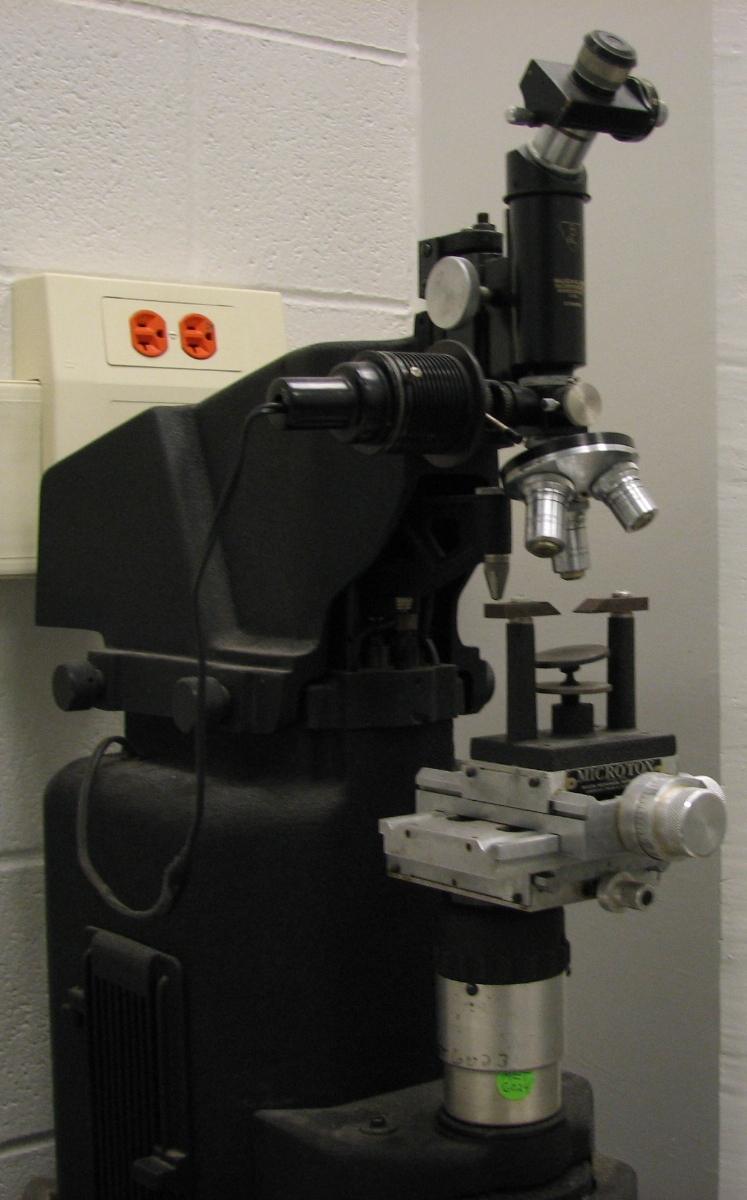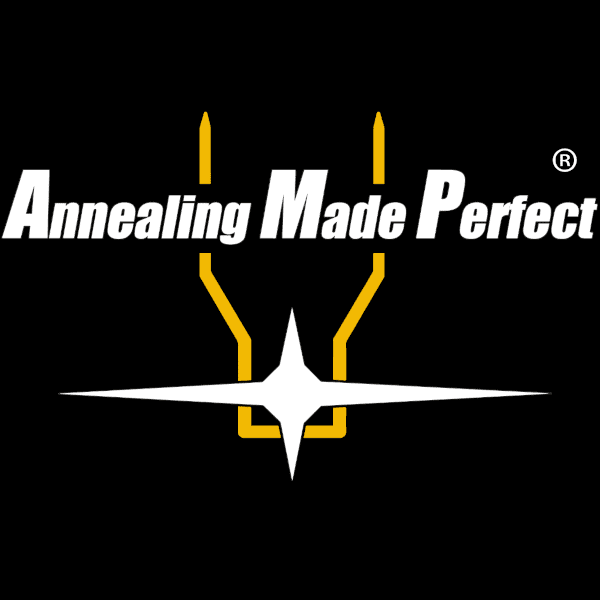There are multiple processes with multiple end goals. This particular company (AMP) specializes in induction annealing with the goal of annealing the case necks and shoulders to just under 100 HV after every firing. Their opinion is that if annealing is used it should be uniform, consistent, and repeatable - if cases are returned to the same state after each firing then sizing should be more consistent, and if sizing is more consistent then grip on the bullet should be more consistent as well. To serve their end goal of consistency and repeatability the annealing process should be done every firing and loading cycle. Success with their method is somewhat predicated on the assumption that a user's sizing and seating processes move brass in a consistent manner and doesn't introduce any irregularities after annealing. A problem with this method is it depends on uniform neck thicknesses, if someone doesn't follow the instructions on fining the correct case to test there can be inconsistencies.
Other methods either use different methods to get to the same goal, or different methods to achieve different goals. There are a lot of options for annealing.
It might start there, but brass hardens at different rates over multiple firing and sizing cycles. Part of AMP's logic is that their machine resets brass to the same point every time no matter what inconsistencies get added during a cycle.
There are counters to that - some guys will anneal only every second or third firing but rely on the brass hardening at a similar rate so that the successive loadings are uniform by lot, if not uniform to the prior loading.
Some people will never anneal and will account for increased hardness over the case life cycle by changing to a smaller bushing in a die.
Some people never anneal at all, never change anything, and get good results. There can be other factors to what makes loads good than just case prep. It all depends on the end-user's goals.
I think that's what gets lost in annealing discussions most times - if two guys have different goals, there are probably good reasons for them to not do the same things. Both can do different things that work better for them.


